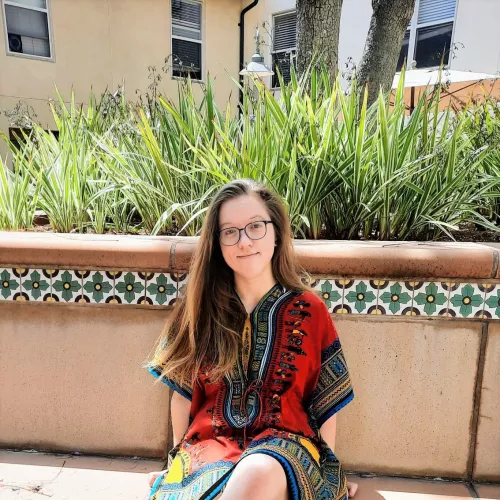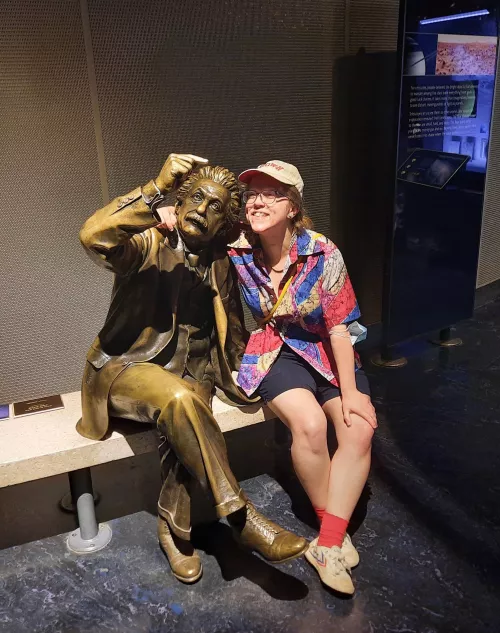As part of our Meet the Team series, we introduce you to one of our fantastic community members. Meet Simone Kurial, a PhD candidate in the Biomedical Sciences Graduate Program, working with Holger Willenbring, MD, PhD to better understand and translate mechanisms of hepatocyte transdifferentiation and biliary tree morphogenesis for the treatment of cholestatic liver diseases. In addition, she studies the behavior of adenoassociated viruses in the liver, with the goal of generating more targeted vectors to extend the therapeutic reach of liver gene therapy.
Q. Tell us about yourself.
A. I study cell plasticity, transdifferentiation, and morphogenesis of the biliary tree in the context of cholestatic liver diseases. My point of entry to understanding these processes is a rare human genetic disorder called Alagille syndrome, which manifests in the liver as a lack of bile ducts or, in the most extreme cases, biliary agenesis, for which the only cure is liver transplantation. We’ve found in a mouse model of this disease that hepatocytes, the primary liver cell type, can convert into biliary cells and self-construct a previously absent biliary system from scratch. My goal is to determine the mechanisms driving this process and how we could translate this phenomenon to the human condition to preserve the native organ. In addition, I study the behavior of adenoassociated viruses in the liver, aiming to generate more targeted vectors to extend the therapeutic reach of liver gene therapy. My favorite part about research is conjuring from something so macroscopic, like an animal model of disease, a microscopic window into the cellular mechanisms responsible. To this end, you’ll likely find me deep in some bioinformatic code, trawling single-cell transcriptomes looking for clues. I’m excited that every concept or technique I’ve learned in graduate school connects in some way to past knowledge, building out from a foundational idea in new directions and branching in a hierarchical fashion, just like the biliary system!
Q. Describe the motivation for your work.
A. Being able to trace a path from bench research to clinical application is what drew me to biomedical science. Small experiments in the lab may not seem consequential day-to-day, but the culmination of our work has the potential to heal real people and, by extension, heal their families and communities too. Liver research is especially eye-opening in that respect because this organ harbors a confluence of pathologies across the disease spectrum, for example, rare genetic diseases, misuse disorders, or metabolic syndromes. Knowing that my research could potentially make a genuine positive impact on people’s lives keeps me hopeful and undeterred in the face of obstacles.
Q. Why do you think it’s important to people/communities?
A. For diseases like Alagille syndrome, where there is no cure besides a liver transplant, the space for clinical impact is dramatic. I think it’s especially important that rare diseases don’t get left behind in the translational research space. A disease is only “rare” until you or someone you love is diagnosed – then it impacts your whole world. Gene therapy is a promising avenue for treating rare conditions, not to mention more prevalent diseases, and I’m excited to have an opportunity to contribute to that arena as well.
Q. Share a fun/interesting fact about yourself.
A. I’ve studied Japanese for 16 years and am certified for fluency by the United States State Department. I continue to translate literature, and I especially enjoy postwar-era poetry. I like studying language and translation because one finds unexpected truths connecting disparate individual experiences across cultures and time – in other words, nobody is alone in this world. I also enjoy playing the piano, African and Afro-Brazilian drums (djembe, congo, and timbau), and I am especially proud of the number of unique artists I logged on Spotify last year!


